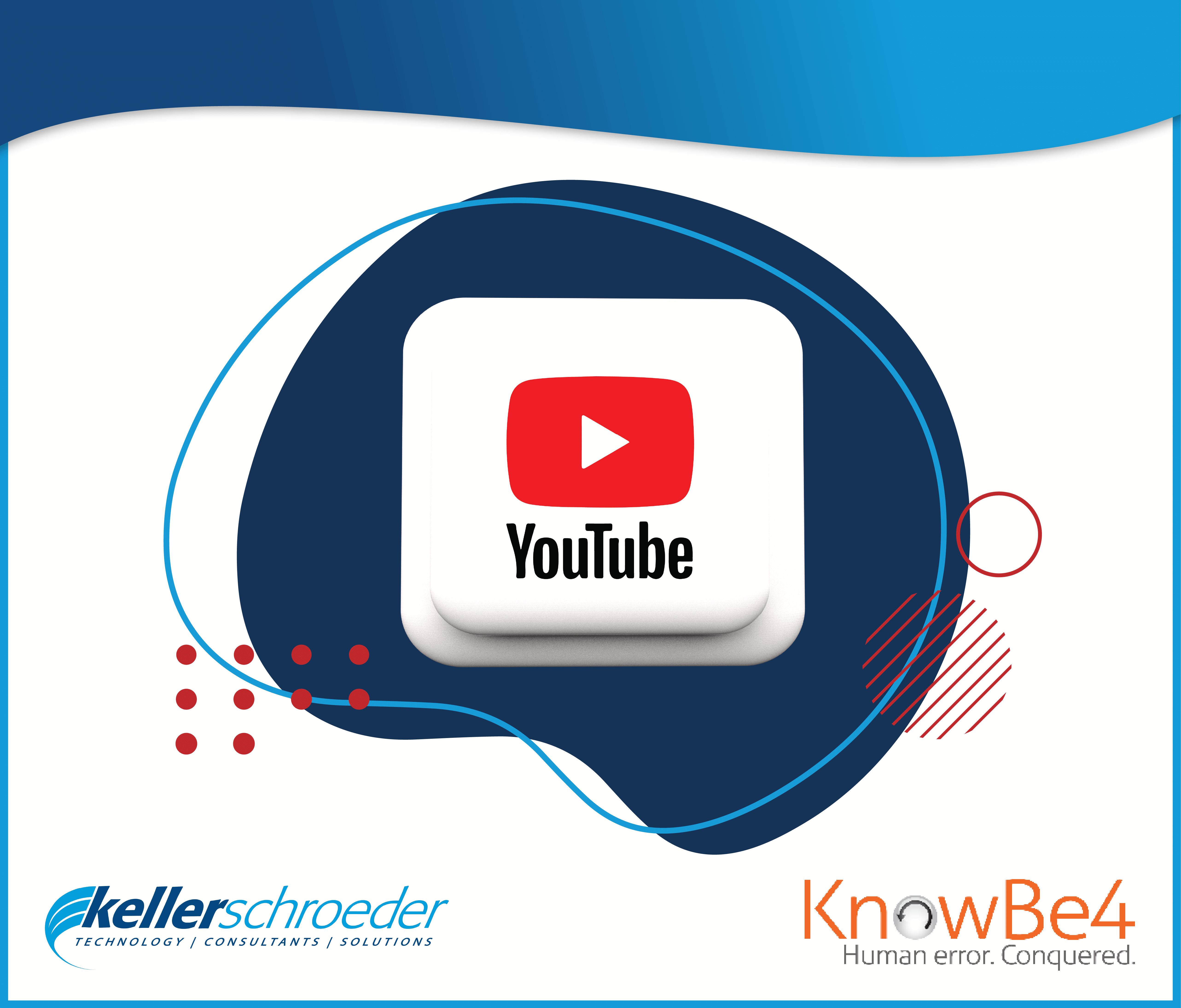End-to-End tracing can help your business ensure optimal performance and identify errors.

In a world where software applications have become so complicated and intertwined, businesses are finding it increasingly difficult to provide seamless experiences for their users. Businesses are moving from using monolithic applications (i.e., large applications using a single code base), to a microservices architecture for many of their applications. In short, this is where the application is developed as a collection of services that work together to accomplish a single feature or business logic. The challenge for businesses, as applications have become so complex, is ensuring optimal performance, and identifying any bottlenecks or errors. This is where end-to-end tracing can help you!
End-to-end tracing, also known as distributed tracing, refers to the practice of tracking a transaction or process from its initiation through all the interconnected components and services it passes through, such as web servers, Application Programming Interfaces (APIs), databases, and external services.
“Microservices are used to build many modern applications because they make it easier to test and deploy quick updates and prevent a single point of failure. But it can be challenging to troubleshoot microservices because they often run on a complex, distributed backend, and requests may involve sequences of multiple service calls.”1 By using end-to-end tracing, you have the ability to track the entire path of a transaction and can gain insights into the performance of each component or service involved, as well as track any errors.
By using end-to-end tracing, you have the ability to track the entire path of a transaction and can gain insights into the performance of each component or service involved, as well as track any errors.
If you’re wondering how end-to-end tracing works, it uses centralized logging. All of the logs are stored in a single location with standardized and custom data (e.g., correlation ID’s, timestamps, etc.). A correlation ID is a unique ID that is generated for each instance of an action or task. You can then query and filter the logs based on this data or on your own custom data. This allows your developers or teams to diagnose and address issues within applications in a much more efficient and timely manner. “Distributed tracing tools have become a critical component in a distributed and microservices-based architecture.”2
The following are just a few of the benefits from using end-to-end tracing:
- Enhanced Troubleshooting and Debugging
- Improved Performance Monitoring
- Optimized User Experience
- Data-Driven Decision Making
- Real-Time Monitoring
- Cross-Team Collaboration
There are multiple tools that can be used for end-to-end tracing. Application Insights is a powerful monitoring and diagnostics tool from Microsoft’s Azure suite that provides application performance monitoring (APM) features which are useful in monitoring applications from development, through test, and into production in the following ways:
- Proactively understand how an application is performing.
- Reactively review application execution data to determine the cause of an incident.3
The Application Insights tool also collects data on response times, dependencies and failures and then puts the data into a user-friendly dashboard that highlights performance trends, error rates and dependency maps.
Incorporating end-to-end tracing requires careful planning and implementation, but the benefits it offers in terms of improved performance, user experience, and overall system understanding can make it a valuable investment for your business.
Keller Schroeder has experience working with end-to-end tracing tools, including Application Insights. If your company is interested in incorporating an end-to-end tracing tool, contact Keller Schroeder’s Applications Solutions group.
1What is Distributed Tracing? How it Works & Use Cases | Datadog (datadoghq.com)
2https://signoz.io/blog/distributed-tracing-tools/
3https://learn.microsoft.com/en-us/azure/azure-monitor/app/app-insights-overview?tabs=net
Written By:

Kim Wallace, PMP, ACP
IT Project Manager, Applications Solutions Group
Applications Solutions Group




